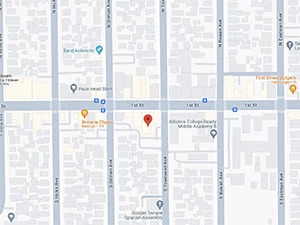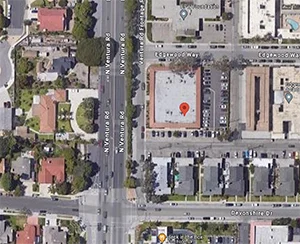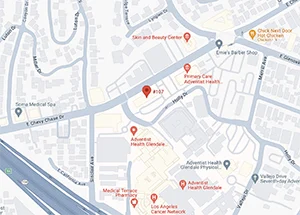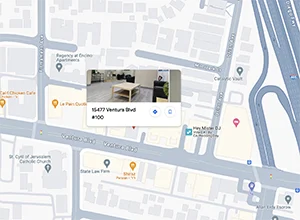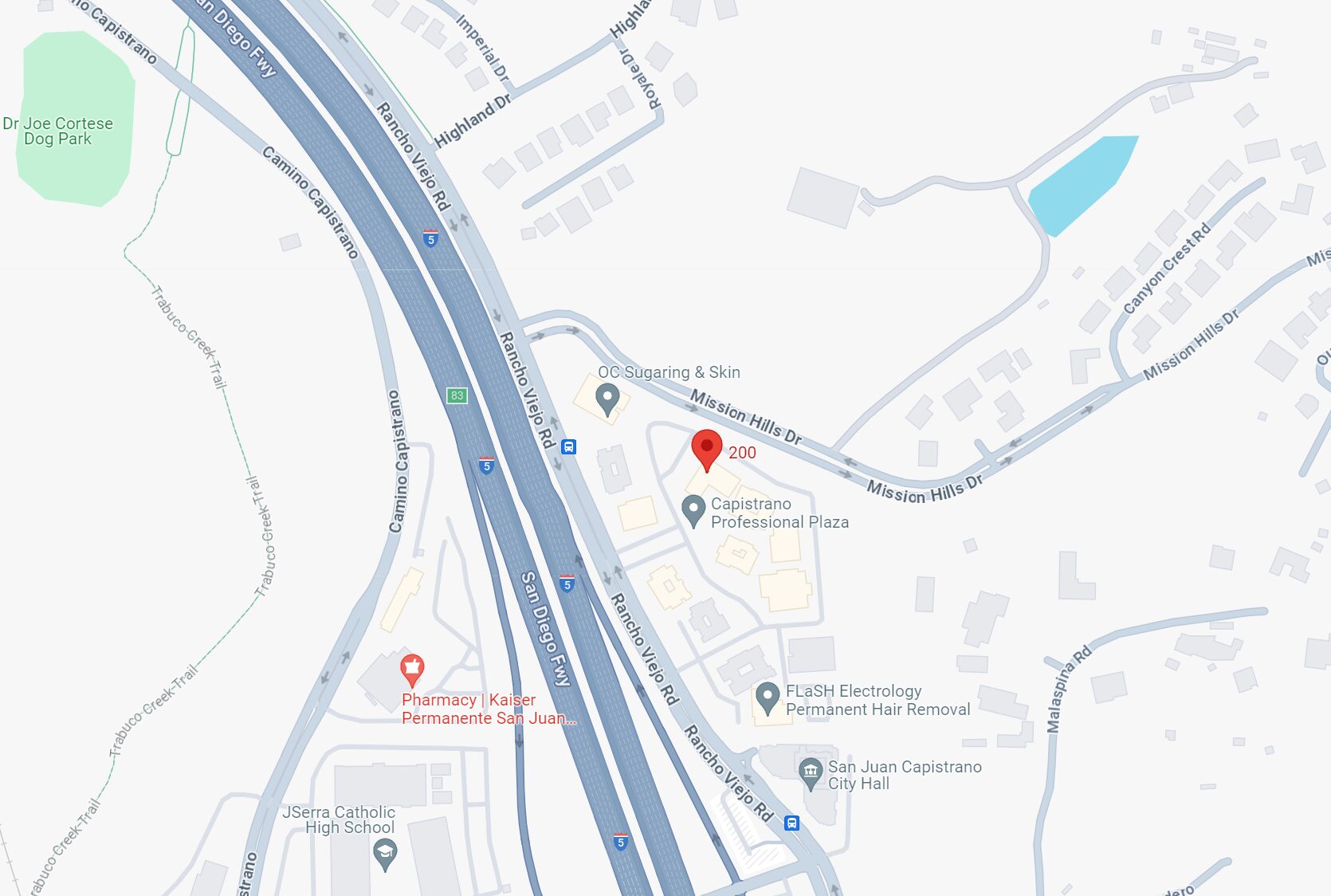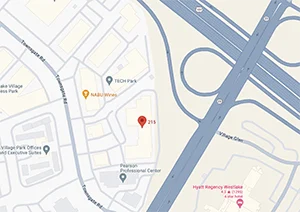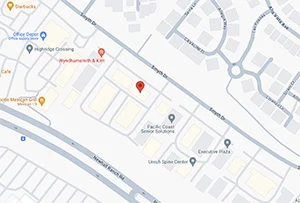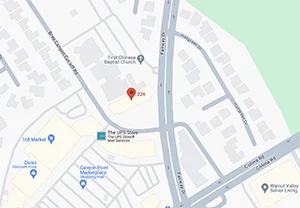Vascular Treatments
As leading vascular specialists, we offer a minimally-invasive vein removal treatment with minimal discomfort and little downtime. Our state-of-the-art AAAASF Surgical Facility provides the most advanced vein-removal services. Untreated varicose veins can cause pain, blood clots, leg cramps, and swelling. Schedule an appointment to improve the appearance of your legs and alleviate pain!
Please Call us at 818-906-6900
Vascular Treatments at Unified Health
As leading Vascular Specialists, we have developed a minimally-invasive, vein removal treatment for patients that want to heal veins with little downtime and with minimal discomfort. Our AAAASF Surgical Facility features state-of-the-art equipment so that we can offer patients the most advanced vein-removal services. Left untreated, varicose veins can lead to major complications- pain, blood clots, leg cramps, tired legs, restless legs, and swollen leg veins. Make an appointment to improve the appearance of your legs and alleviate pain!
At Unified Health, we specialize in advanced treatments for vascular conditions and related health issues, offering minimally-invasive procedures such as Genicular Artery Embolization (GAE) for osteoarthritis pain relief, Uterine Artery Embolization (UAE) for uterine fibroids and adenomyosis, and comprehensive management for May-Thurner Syndrome (MTS). Our experienced physicians and interventional radiologists utilize state-of-the-art techniques to ensure effective results with minimal discomfort and downtime. We also provide extensive care for venous diseases, including varicose veins, ensuring the highest quality of patient-centered care. Schedule an appointment today to learn how our specialized services can improve your health and well-being.
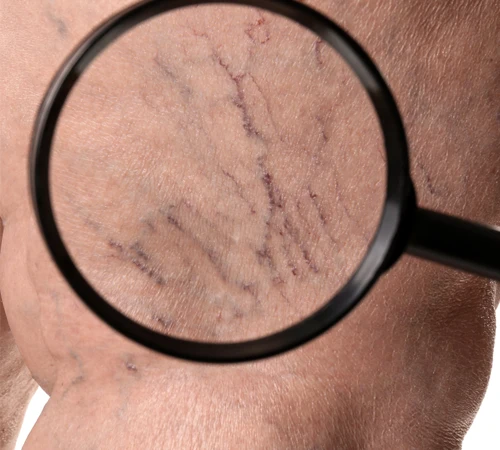


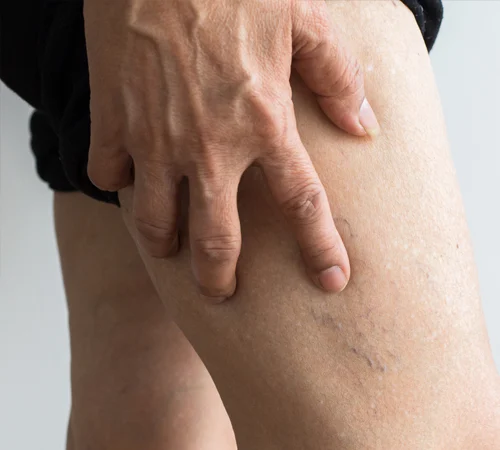
Schedule an appointment, please contact us today. Our team is dedicated to providing you with the highest quality care and support for all your vascular and interventional radiology needs.

